Wang, Z., Zhang, Z., Li, P. et al. Multi-omics analysis reveals the genetic aging landscape of Parkinson’s disease. Sci Rep 14, 31,167 (2024). https://doi.org/10.1038/s41598-024-82470-z.
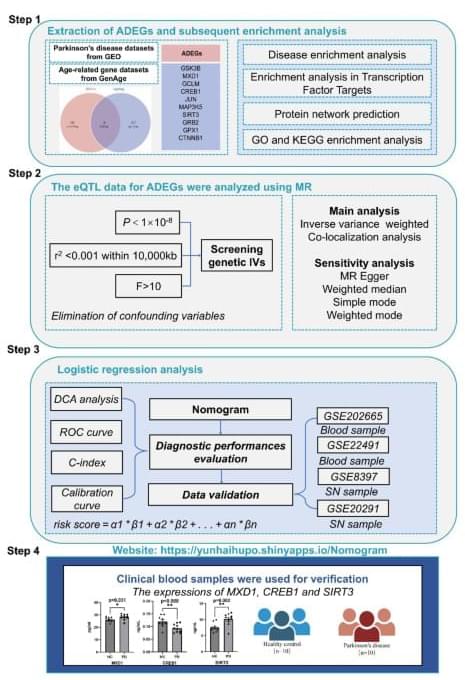

Wang, Z., Zhang, Z., Li, P. et al. Multi-omics analysis reveals the genetic aging landscape of Parkinson’s disease. Sci Rep 14, 31,167 (2024). https://doi.org/10.1038/s41598-024-82470-z.
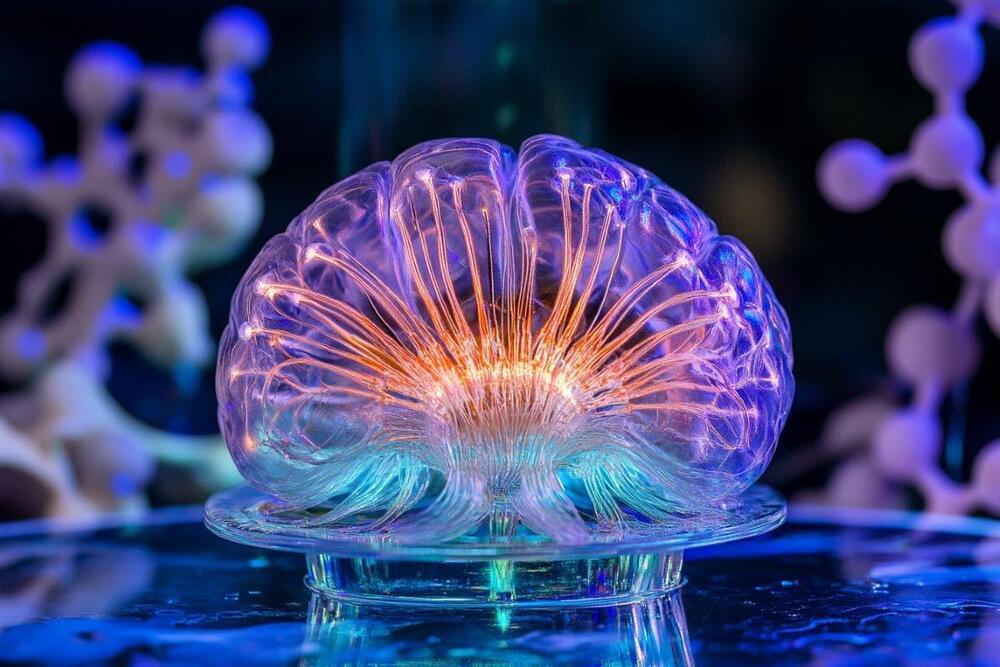
Summary: A new “molecular lantern” technique allows researchers to monitor molecular changes in the brain non-invasively using a thin light-emitting probe. This innovative tool utilizes Raman spectroscopy to detect chemical changes caused by tumors, injuries, or other pathologies without altering the brain beforehand.
Unlike prior methods requiring genetic modifications, this approach analyzes natural brain tissue with high precision, offering significant potential for diagnosing and studying brain diseases. Future developments aim to integrate artificial intelligence to enhance diagnostic accuracy and explore diverse biomedical applications.
Mobile 5G station for future robot wars.
China has introduced the world’s first mobile 5G base station, designed for battlefield deployment after completing rigorous testing. Developed collaboratively by China Mobile Communications Group and the People’s Liberation Army (PLA), the station delivers high-speed, low-latency, and secure data exchange services. It can support up to 10,000 users within a 3-kilometer (1.8-mile) radius, representing a significant technological advancement in military communication.
#worldnews #china #wion.
About Channel:
WION The World is One News examines global issues with in-depth analysis. We provide much more than the news of the day. Our aim is to empower people to explore their world. With our Global headquarters in New Delhi, we bring you news on the hour, by the hour. We deliver information that is not biased. We are journalists who are neutral to the core and non-partisan when it comes to world politics. People are tired of biased reportage and we stand for a globalized united world. So for us, the World is truly One.
From indestructible tardigrades to body-merging comb jellies, animals can teach humans so much about medicine, robotics, aging and survival.

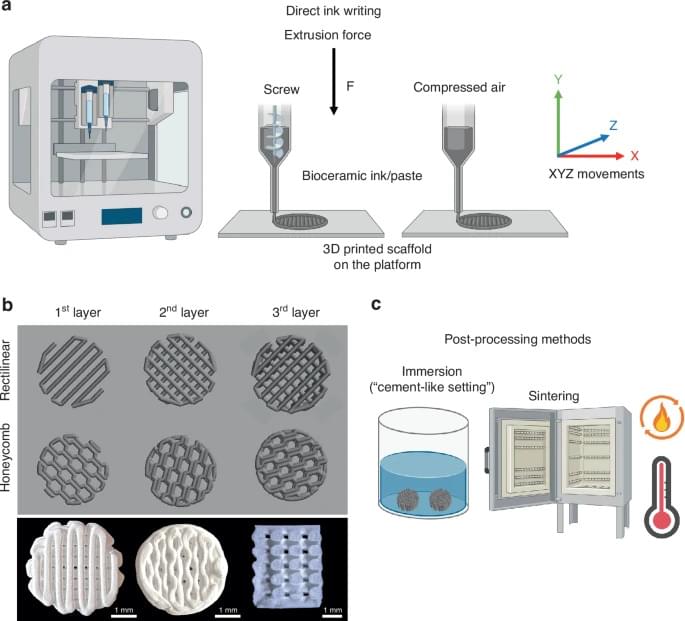
Researchers have unveiled a groundbreaking approach to facial bone reconstruction using 3D-printed ceramic materials that can be precisely customized to each patient’s needs. The comprehensive review, published in the International Journal of Oral Science, demonstrates how advanced manufacturing techniques are transforming the treatment of complex facial bone defects.
The traditional approach of harvesting bone from elsewhere in the patient’s body – long considered the gold standard – may soon give way to these sophisticated synthetic alternatives. These new materials not only eliminate the need for a second surgical site but can also be tailored to match the intricate anatomy of facial bones.
“3D printing enables the production of personalized grafts that perfectly fit the bone defect,” explains Marco C. Bottino, one of the study’s lead researchers. The technology allows surgeons to create exact replicas of the desired bone structure based on detailed medical imaging.

The U.S. Department of Health and Human Services (HHS) has proposed updates to the Health Insurance Portability and Accountability Act of 1996 (HIPAA) to secure patients’ health data following a surge in massive healthcare data leaks.
These stricter cybersecurity rules, proposed by the HHS’ Office for Civil Rights (OCR) and expected to be published as a final rule within 60 days, would require healthcare organizations to encrypt protected health information (PHI), implement multifactor authentication, and segment their networks to make it harder for attackers to move laterally through them.
“In recent years, there has been an alarming growth in the number of breaches affecting 500 or more individuals reported to the Department, the overall number of individuals affected by such breaches, and the rampant escalation of cyberattacks using hacking and ransomware,” the HHS’ proposal says.
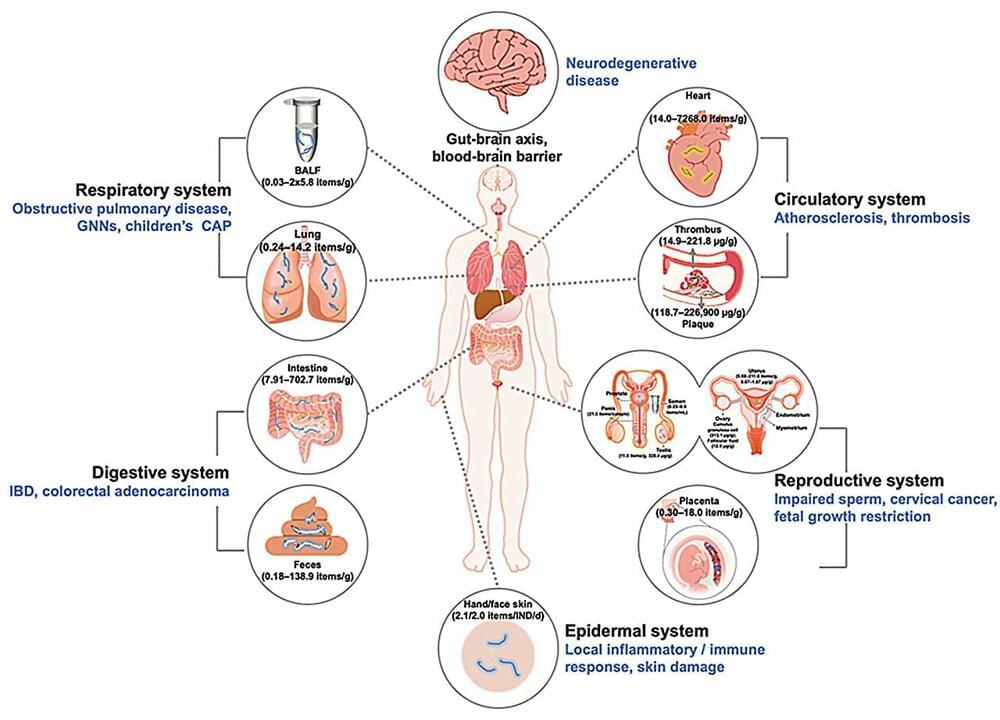
Research led by Zhejiang Agriculture and Forestry University in China has performed a metadata investigation into the presence of microplastics in humans. They report a concerning relationship between micro and nanoplastic (MNP) concentrations in damaged tissues and links with multiple health conditions.
Plastic usage soared from 1.5 million metric tons in the 1950s to nearly 390.7 million in 2021. With the increased use in consumer products came elevated microscopic plastic pollution circulating in soil and waterways, eventually accumulating in the environment, food webs and human tissues.
Consistent methods to pinpoint and quantify MNPs in human tissues are lacking. Reliable data linking MNPs to human diseases are necessary for assessing potential risks and developing mitigation measures.

Have you ever wondered how fast our brains work? Well, scientists have recently quantified the brain’s speed limit. They revealed that from sensory organs, the brain processes signals at only about 10 bits per second.
This speed is millions of times slower than the input rate, as the human body’s sensory systems gather data about the surrounding environment at a rate of a billion bits per second.
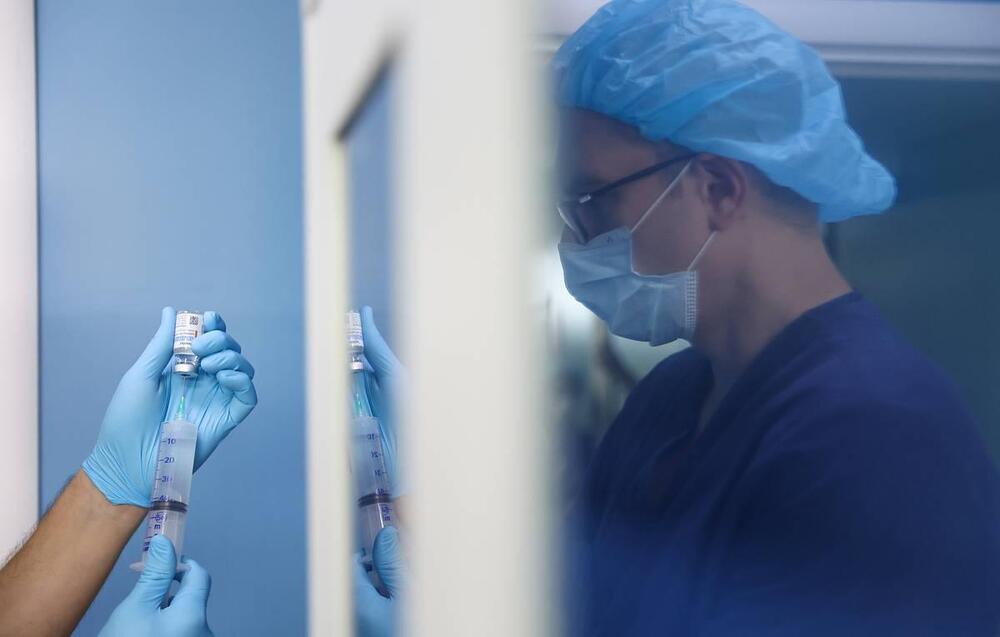
Earlier, Director of the Gamaleya National Research Center for Epidemiology and Microbiology Alexander Gintsburg told TASS that the vaccine’s pre-clinical trials had shown that it suppresses tumor development and potential metastases.
MOSCOW, December 15. /TASS/. Russia has developed its own mRNA vaccine against cancer, it will be distributed to patients free of charge, General Director of the Radiology Medical Research Center of the Russian Ministry of Health Andrey Kaprin has told Radio Rossiya.
The vaccine was developed in collaboration with several research centers. It is planned to launch it in general circulation in early 2025.